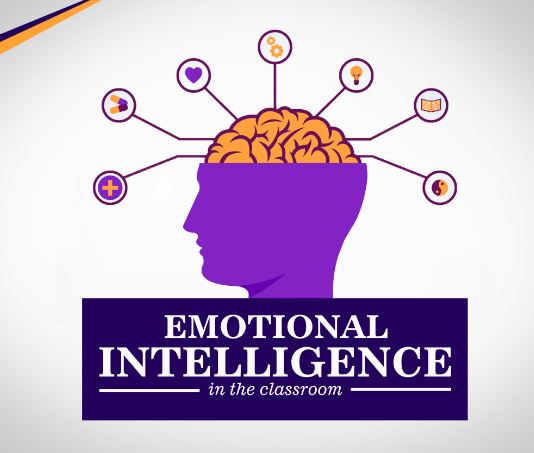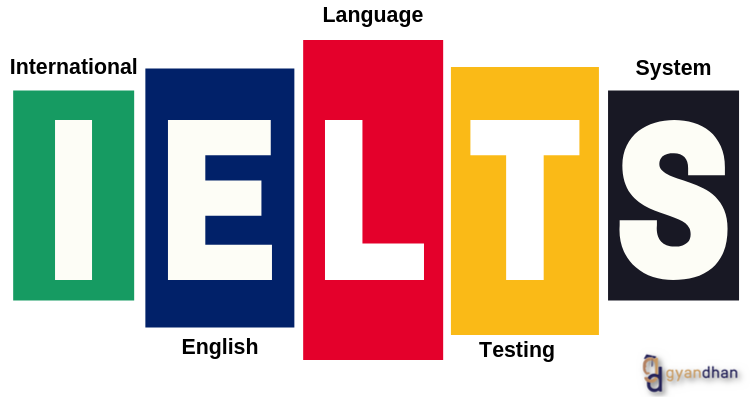In today’s fast-paced and ever-changing world, emotional intelligence has become an essential skill for success in all aspects of life. As educators, it is our responsibility to not only impart academic knowledge but also teach students how to understand and manage their emotions effectively. By cultivating emotional intelligence, we can empower our students to build healthy relationships, make thoughtful decisions, and navigate challenges with resilience. In this article, we will explore some practical tips for educators to teach emotional intelligence in schools and create a positive and emotionally supportive learning environment.
- Model Emotional Intelligence:
As an educator, your behavior serves as a powerful example for students. By modeling emotional intelligence in your own interactions and responses, you can teach students valuable lessons about empathy, self-awareness, and self-regulation. Be mindful of your own emotions and demonstrate healthy ways of coping with stress and conflicts. Show students how to express emotions constructively and actively listen to others. Through your actions, you can inspire students to develop their own emotional intelligence.
- Teach Emotional Vocabulary:
To effectively navigate emotions, students need to develop a rich emotional vocabulary. Encourage students to label and express their feelings accurately. Introduce a variety of emotion words and help students understand the nuances between different emotions. Create opportunities for students to discuss and share their emotions in a safe and non-judgmental environment. This will help students develop greater self-awareness and the ability to articulate their feelings, leading to better emotional self-regulation.
- Foster Empathy and Perspective-Taking:
Empathy is a crucial component of emotional intelligence. Help students develop empathy by engaging them in perspective-taking exercises. Encourage them to imagine themselves in someone else’s shoes and consider their emotions and experiences. Promote discussions that foster understanding and empathy for different perspectives, cultures, and backgrounds. By cultivating empathy, students become more compassionate, tolerant, and skilled at building positive relationships.
- Provide Opportunities for Reflective Practices:
Introduce regular reflective practices that allow students to pause and connect with their emotions. Incorporate journaling, mindfulness exercises, or guided reflections into the curriculum. These practices help students develop self-awareness, gain insights into their emotional patterns, and identify triggers. Through reflection, students learn to understand their emotions better and make conscious choices in how they respond to different situations.
- Teach Conflict Resolution and Problem-Solving Skills:
Teach students effective strategies for resolving conflicts and solving problems in a constructive manner. Help them understand that conflicts are a natural part of life and give them tools to manage conflicts peacefully. Teach skills such as active listening, assertive communication, and negotiation. Encourage students to express their viewpoints respectfully and seek win-win solutions. By equipping students with these skills, they can navigate conflicts with empathy and find positive outcomes.
- Encourage Emotional Regulation Techniques:
Teach students a range of practical techniques for emotional regulation. These techniques can include deep breathing exercises, relaxation techniques, mindfulness practices, or physical activities. Encourage students to identify the strategies that work best for them and practice them regularly. By cultivating emotional regulation skills, students can better manage stress, anxiety, and strong emotions, allowing them to focus and engage more effectively in their learning.
Conclusion:
Teaching emotional intelligence is a vital part of helping students thrive academically and personally. By implementing these tips, educators can create a supportive and emotionally intelligent learning environment. As educators, we have the power to positively influence our students’ emotional well-being and equip them with lifelong skills. By prioritizing emotional intelligence, we enable our students to navigate challenges, build healthy relationships, and become more resilient individuals in our ever-changing world.




